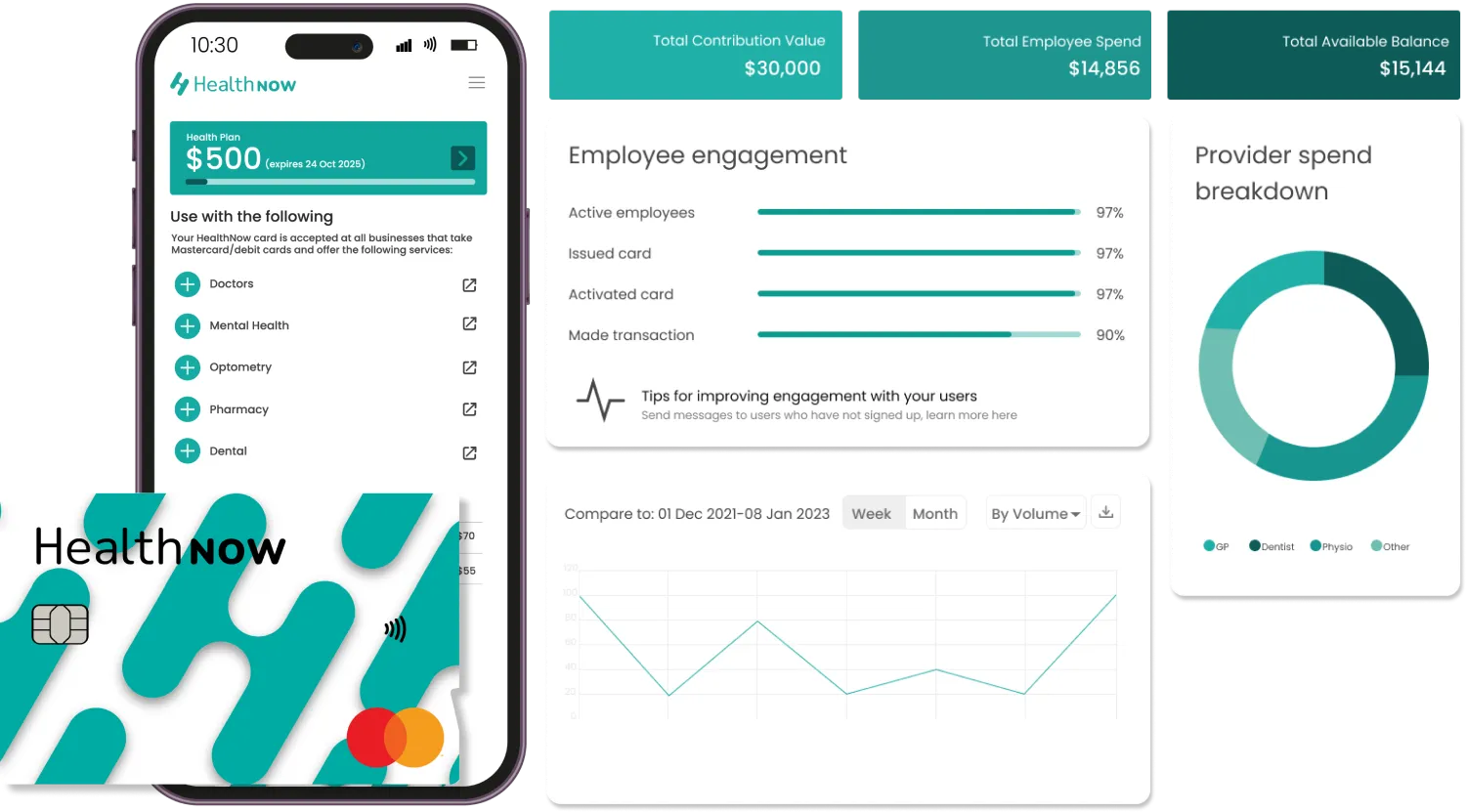Recurring shin pain every time you run or try to be proactive about your health? You’re not alone.
Shin splints are a common pain that affects the front of the shin bones, being very frustrating for both sports players and those just wanting to enjoy a casual evening jog. If you’re a runner, you may be particularly vulnerable, with up to 70% of runners being affected each year.
What Exactly Are Shin Splints?
While shin splints are best known as the pain that comes on at the front of the shins during physical activity, when you look deeper into what shin splints really are and what causes them, you may be interested to find that this is actually a non-specific term that can refer to three separate conditions:
Medial Tibial Stress Syndrome (MTSS)
The most common type of shin pain is called medial tibial stress syndrome. This happens when the front and inside of the shin bones are under too much pressure or strain. Usually, this happens because you are using the muscles in your legs too much or there is too much stress on the bone’s lining (called the periosteum). This can cause irritation, degeneration, and pain and swelling that can be mild or so bad that you can’t participate in physical activity.
There are lots of reasons why you might be overusing the muscles at the front of your shin. It could be because you’re training too much or doing it wrong, your feet or legs might not be moving properly, your muscles could be tight, or you might have had a past injury. When you add in activities like running or jumping, the strain on your shins gets even worse. Some experts think that special shoes with lots of cushioning might actually be causing shin splints because they let athletes land on their heels and put too much pressure on their legs.
Exertional Compartment Syndrome
The second cause of shin splints is called compartment syndrome. Your lower leg has four compartments that are separated by tissues. Each compartment has a limited amount of space for its muscles, arteries, nerves, and other tissues. When the muscles in the front compartment are damaged or overused, they can swell and increase the pressure within the compartment, leading to discomfort, tightness, and swelling. Since the muscles in the front compartment are heavily used during running, these symptoms often occur during or after exercise.
When you rest, the swelling should go down and the symptoms should improve. Unfortunately, because the cause of compartment syndrome is related to overuse, the symptoms can quickly return the next time you exercise.
Stress Fracture
Stress fractures are tiny cracks in the shin bone that happen when you do a lot of running or jumping activities. They can also happen because of other things, like the way your feet and legs move or if you don’t train properly. When stress fractures first start, they might not cause much pain or symptoms, but if they get worse, they can be really painful and stop you from doing physical activities.
When you have a stress fracture in your shin bone, you might feel pain and soreness in one specific area of the bone. You might also see some swelling, but not always. The pain can get worse when you do physical activities and get better when you rest. Since stress fractures can start with mild symptoms and get worse over time, it’s important to treat them as soon as possible.
What Causes Shin Splints?
Shin splints are caused by a combination of several factors that ultimately lead to stress and strain on the shins and lower leg, as well as the connecting muscles and tendons. Examples include:
- Overtraining or training errors – particularly suddenly increasing your training (intensity, duration or the type of training you’re doing such as switching to hill running) without adequate preparation. Your level of activity should always be increased in a gradual and controlled manner to allow your body to adapt.
- Muscle imbalances or weaknesses – weak or tight calf muscles, as well as other muscles in the feet and legs, can contribute to shin splints. Imbalances in these muscles can affect the way you walk or run, putting more stress on certain areas of your leg.
- Your foot and leg biomechanics – having biomechanical issues like flat feet can make you more prone to developing shin splints as they force your lower leg muscles to work harder to stabilise your feet and legs during movement.
- Poor running technique – with running placing a lot of force through your shins with every step, having a poor running technique or other running-related issues is a common contributor to shin splints.
- Poor footwear choices – your feet rely on your shoes to provide adequate support throughout both the feet, arches and ankles. Without this, the stress on the muscles, joints and bones in your feet and lower legs can increase significantly.
How Are Shin Splints Treated?
Treating shin splints starts with visiting a health professional such as a podiatrist or physiotherapist. They’ll help you not only relieve your painful symptoms, but also prevent your shin splints from recurring and flaring up every time you want to get active.
If the cost of visiting a podiatrist or physiotherapist is currently a barrier for you in terms of accessing the health services you need, then HealthNow can help, free of charge.
HealthNow Spreads The Cost
With HealthNow, you can spread the cost of your physio, podiatry or GP appointments and any associated products purchased from the clinics over up to twelve weeks. This means you only pay a fraction of the total cost on the day you see your health practitioner to have your shin splints assessed, while being able to start your journey to feeling stronger and more steady on your feet instantly. The service is completely free for health consumers with no fees or interest. Your health providers get paid in full on the day of your appointment, while you pay your bill off over the number of weeks you select at the time of purchase.
HealthNow also has a specifically-designed health wallet to put away money safely to cover the costs of any medical or health-related appointments, services and products, meaning that you can start putting money away now to help take the pressure off the expenses. You choose the amount and frequency that you’d like to contribute, and others can also contribute to your health wallet, from family members who want to help you look after your health, to employers as part of employee wellness programs or as a much-desired alternative to restrictive private health insurance. Once the money is in your wallet, it’s yours in full to spend any time, on any health-related cost with HealthNow, and can be used for yourself or any other family member or loved one.
Get Started With HealthNow Today
Getting started with HealthNow is free and easy. Download the app and follow the instructions to set up your account. You can also check out HealthNow’s full benefits and features, and see how it can help ease some of the financial stress off your shin splints recovery journey.






